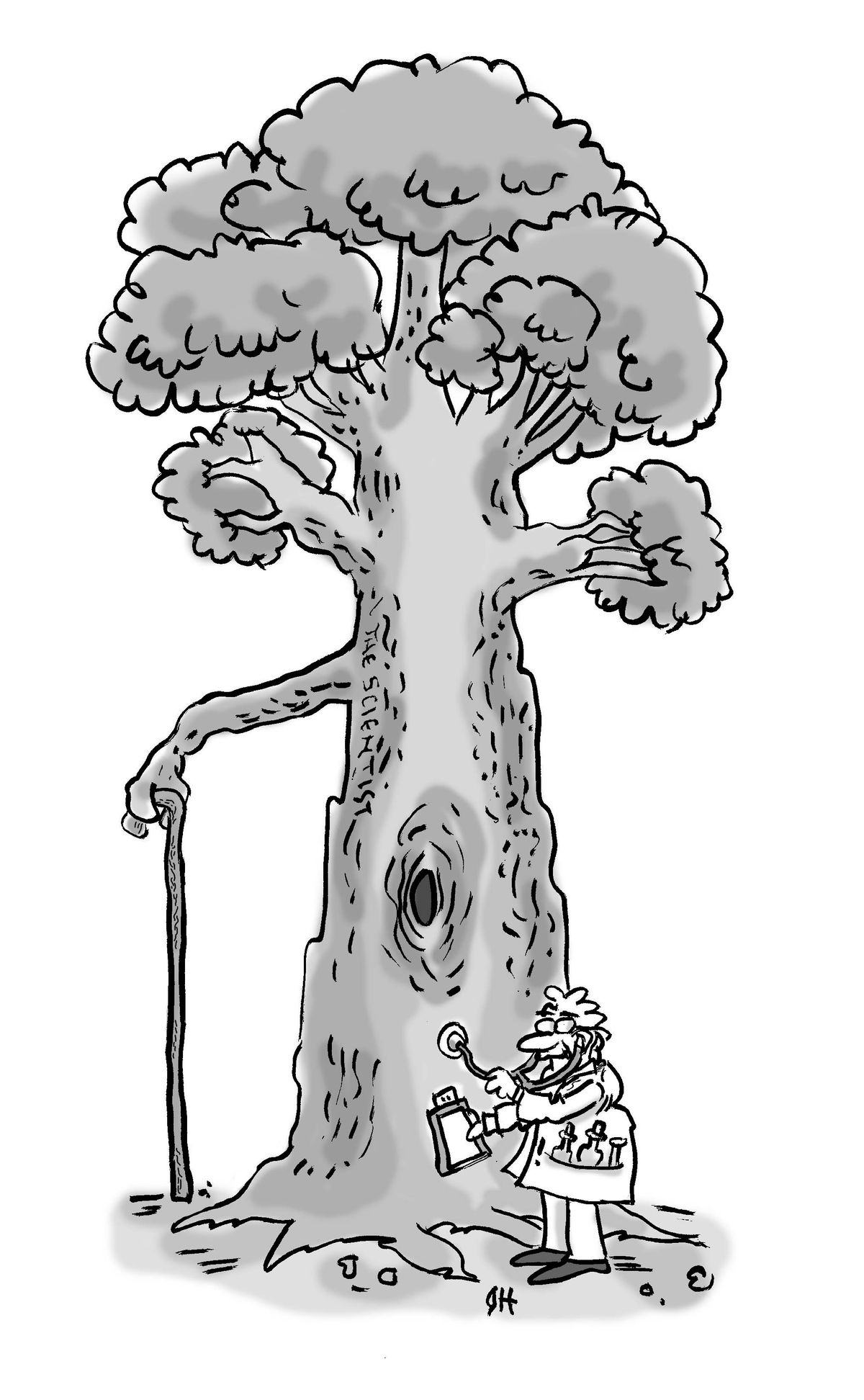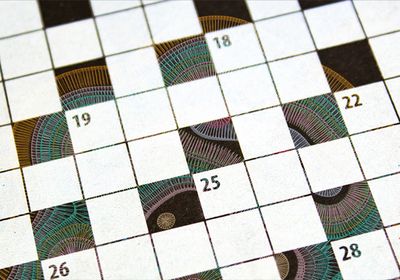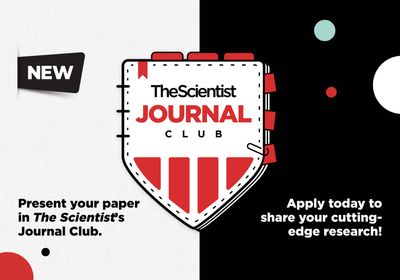ABOVE: MODIFIED FROM ©iStock.com, Dani3315
Note: The answer grid will include every letter of the alphabet.
We’ve had an era of genetic discovery and now we’re on the threshold of a new era of precision psychiatry which could offer more effective drugs for patients, and could help clinicians to better diagnose and treat these complex conditions.
—Eske Derks, head of the Translational Neurogenomics Laboratory at the QIMR Berghofer Medical Research Institute (formerly the Queensland Institute of Medical Research), in an institutional press release about a Nature Genetics study she coauthored focused on key challenges to transforming genetic discoveries into clinical treatments for mental health conditions (September 27)
| ACROSS 1. Common bivalve mollusc |
| DOWN 2. Andean camelid |
Some colleagues are sceptical and cannot understand why we have revealed the finding before formally publishing it. But this is post-normal science. We have very little time to act—we can-not wait one or two years, it could already be too late.
—Jonathan Barichivich, a climate scientist at the French National Centre for Scientific Research (CNRS), speaking to The Guardian about his recent assertion that 30-meter-tall alerce tree (Fitzroya cupressoides) is more than 5,000 years old, based on a core sample he took from its trunk (September 23)









